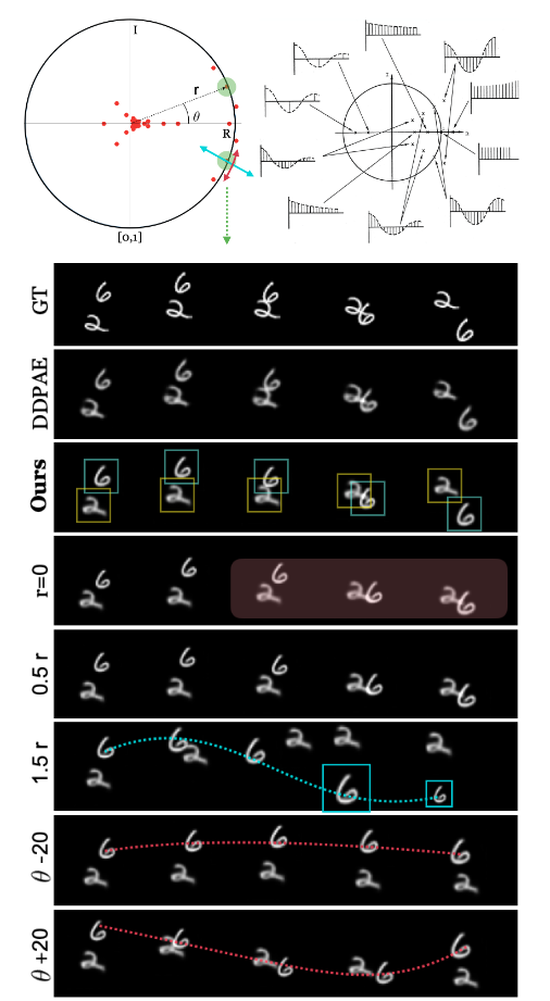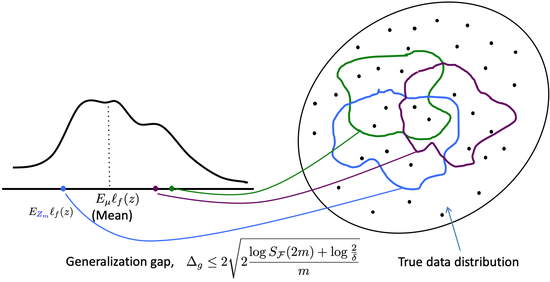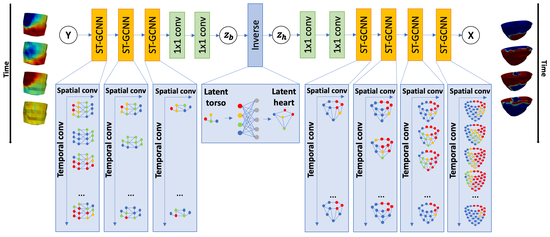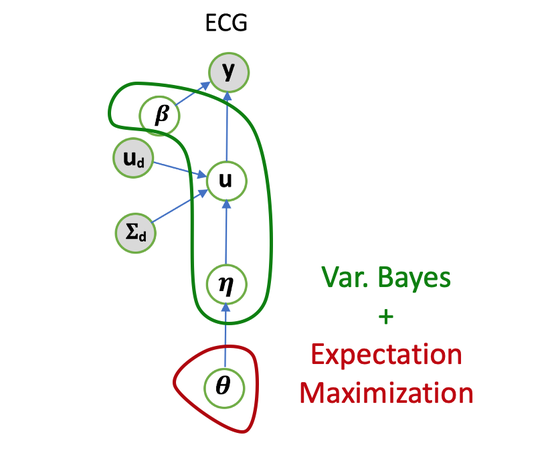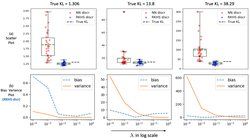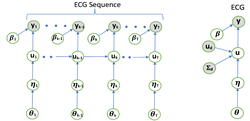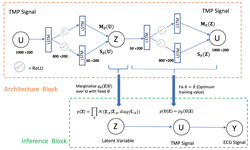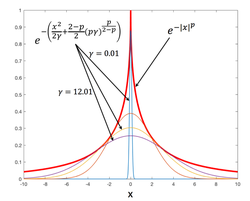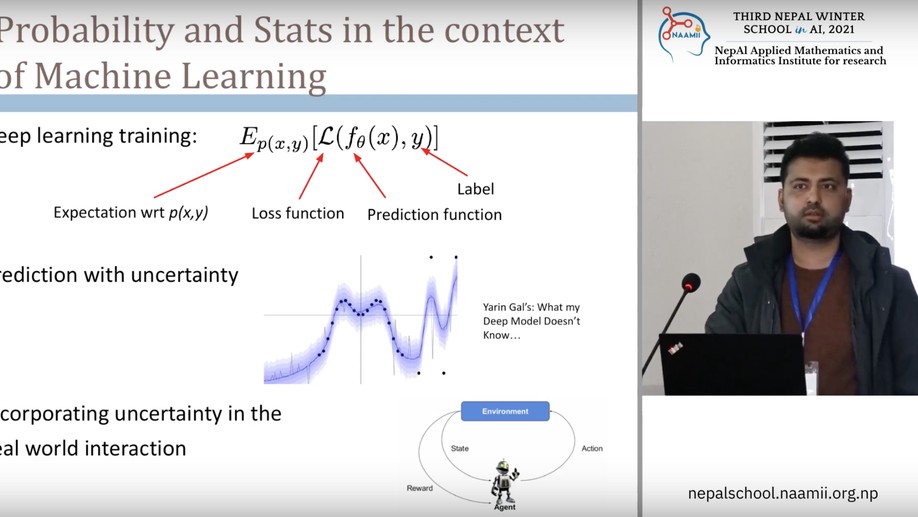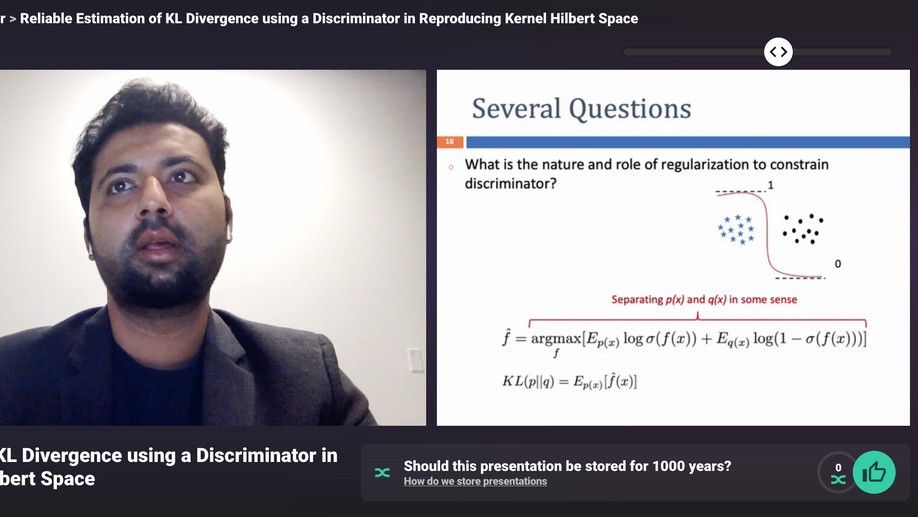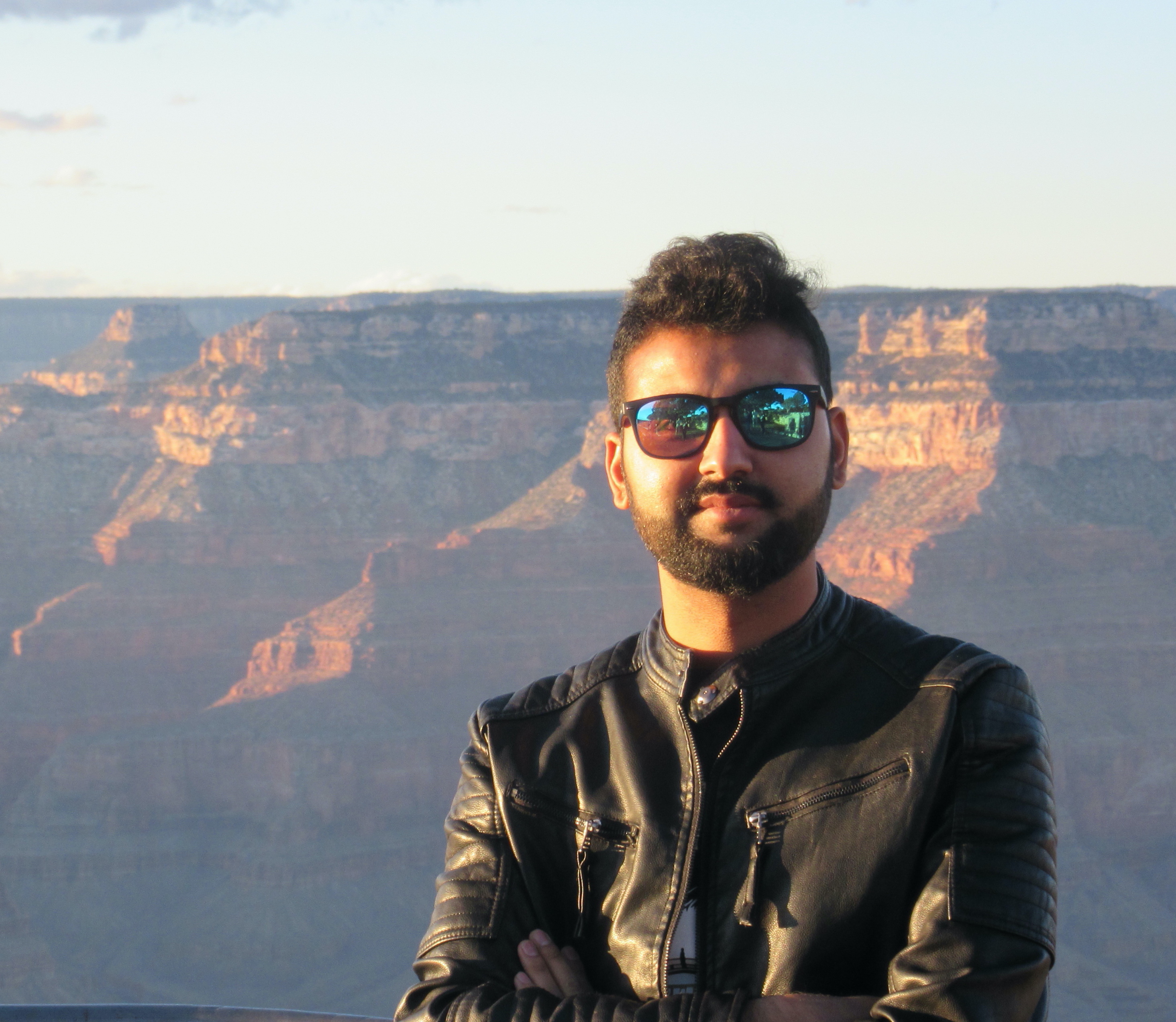
Sandesh Ghimire
Senior Researcher and Engineer,
Qualcomm Tech
I am a Senior Researcher and Engineer at Qualcomm developing efficient computer vision, machine learning algorithms. My current work is mainly in the area of image, language and video processing, understanding and developing generative models (vision and language).
Before joining Qualcomm, I was a postdoctoral researcher at Northeastern University working with Prof. Jennifer Dy, Prof. Octavia Camps and Prof. Dana H Brooks. I completed my PhD in Computing and Information Sciences from Rochester Institute of Technology under advisement of Prof. Linwei Wang.
Research and Engineering
I love working in AI and machine learning. I love the richness and diversity of ideas in this field: ideas from mathematics, physics, economics, computer science, statistics, electrical engineering, control melt and become more interesting every day.
I transitioned from academia to industry and have started liking the practical aspects of deploying amazing ideas into amazing products. At Qualcomm, I am excited to work on computer vision and Generative AI algorithms with focus on overcoming resource constraint to develop smart models.
Resume PhD ThesisEducation
-
PhD in Computing and Information Science, 2020
Rochester Institute of Technology
-
BE in Electronics and Communication Engineering, 2012
Institute of Engineering
Interests
- Machine Learning
- Generative AI
- Probabilistic Methods
- Computer Vision
- Medical Imaging
